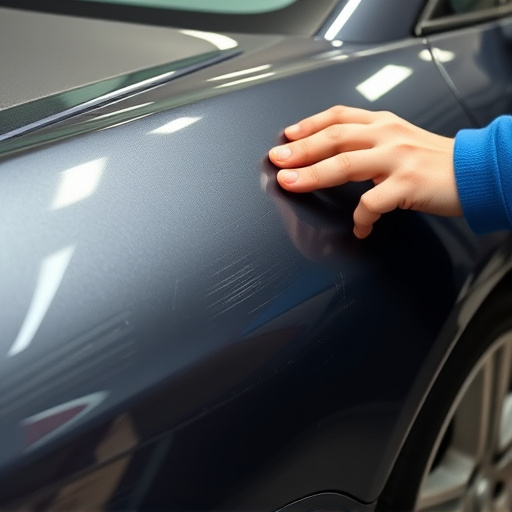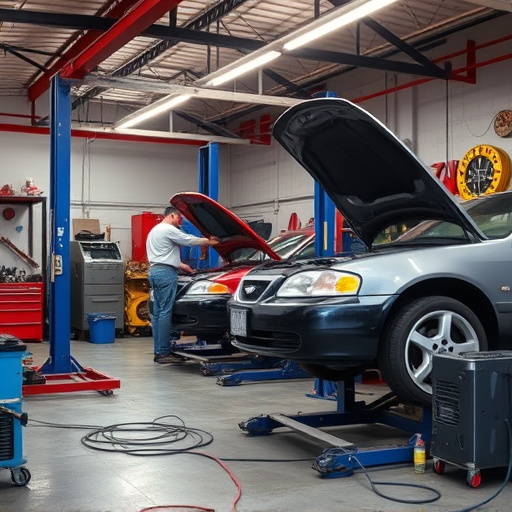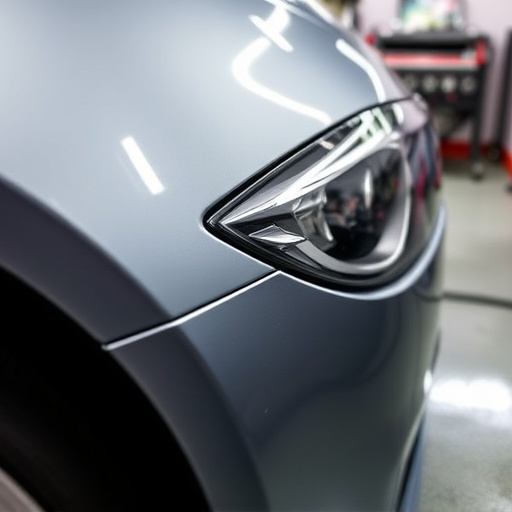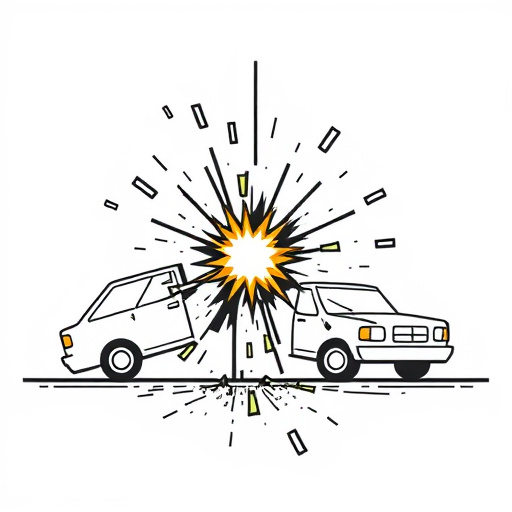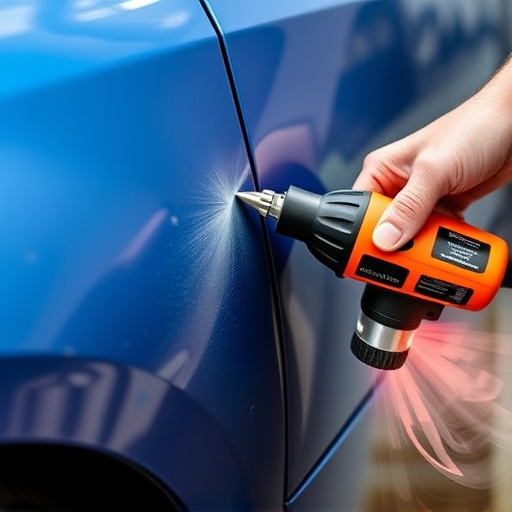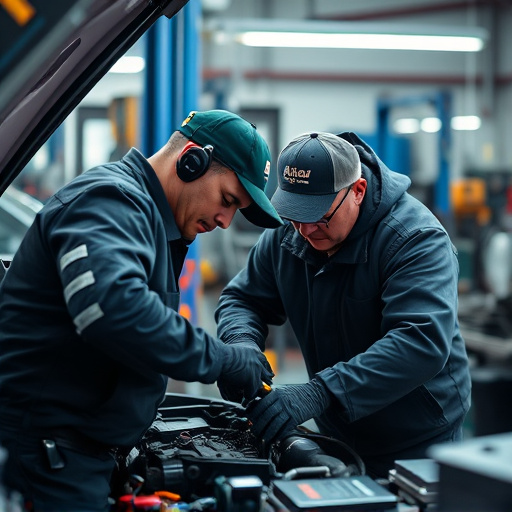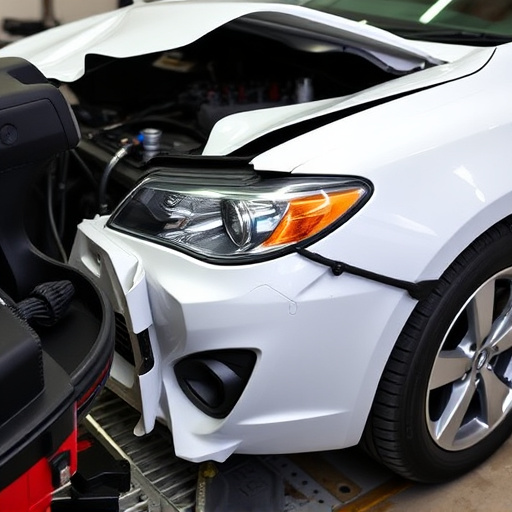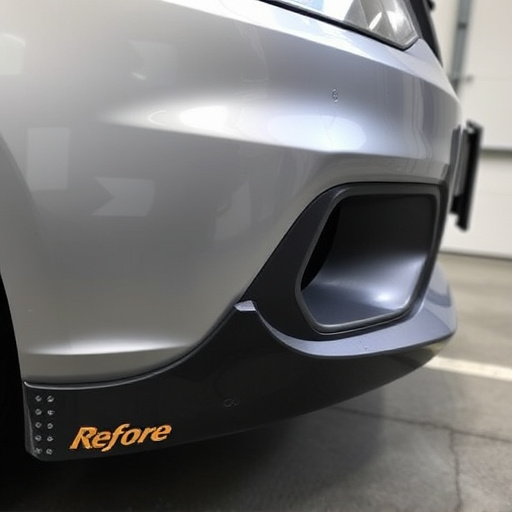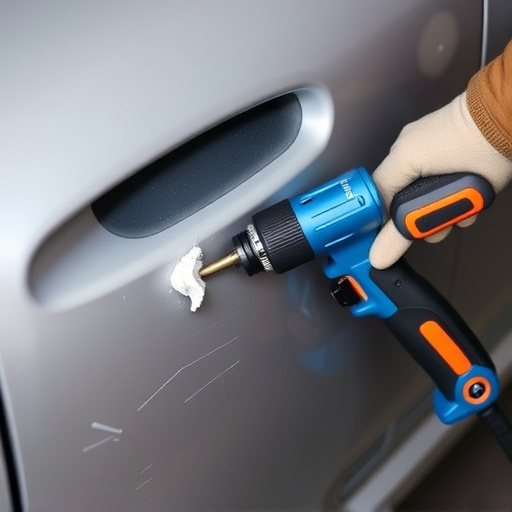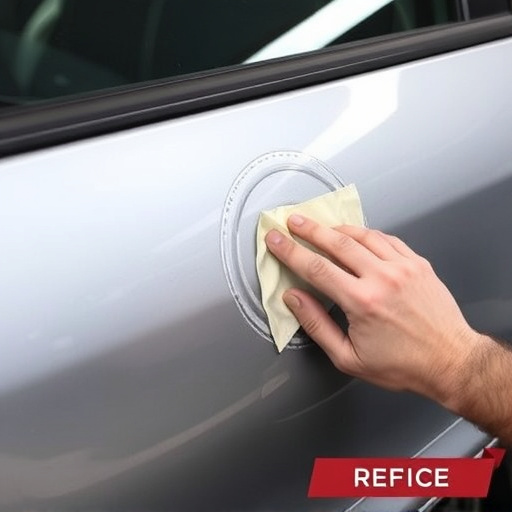OEM-certified replacement parts are genuine components directly from car manufacturers, ensuring precision, compatibility, and vehicle safety. Pricing is influenced by rigorous R&D testing, material costs, manufacturing processes, and labor rates. Cost savings can be achieved through strategic price comparison, online marketplaces, manufacturer promotions, authentication, and exploring refurbished options, while maintaining vehicle safety and resale value.
In today’s automotive landscape, understanding the value of OEM-certified replacement parts is paramount for vehicle owners. These genuine components are designed and tested by original equipment manufacturers (OEMs), ensuring optimal performance and safety. However, their pricing often raises questions. This article delves into the truth behind OEM-certified parts pricing, exploring key factors influencing costs. We also provide strategies to save on these essential components without compromising quality.
- Understanding OEM-Certified Parts: Definition and Importance
- Pricing Factors: Unveiling the Costs Behind the Tags
- Strategies to Save on OEM-Certified Replacement Parts
Understanding OEM-Certified Parts: Definition and Importance
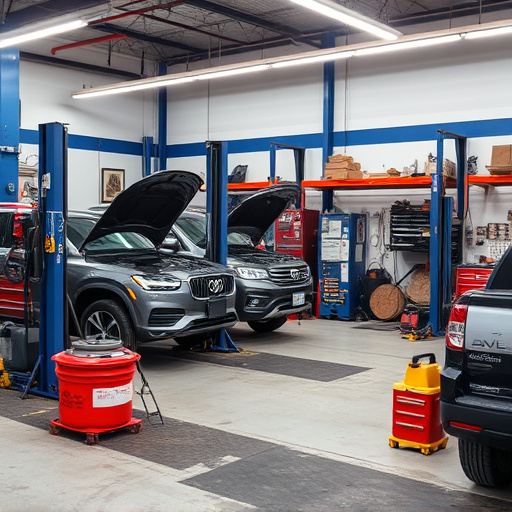
OEM-certified replacement parts are genuine components directly produced or licensed by Original Equipment Manufacturers (OEMs), such as car brands themselves. These parts are designed to meet the exact specifications, quality standards, and performance criteria set by the vehicle manufacturer. Understanding OEM-certified parts is crucial for anyone involved in auto body repair, restoration, or even routine maintenance. They offer several benefits, including superior compatibility, ensuring that the part fits seamlessly with your vehicle’s existing hardware and systems.
For instance, when it comes to tasks like vehicle dent repair or auto body restoration, using OEM-certified parts guarantees a more accurate fit and finish. This is particularly important in complex auto body repair processes where precision is key to preventing further damage and ensuring the safety and reliability of the vehicle. By choosing these certified parts, consumers and professionals alike can rest assured that they are investing in high-quality components that will contribute to the longevity and performance of their vehicles.
Pricing Factors: Unveiling the Costs Behind the Tags
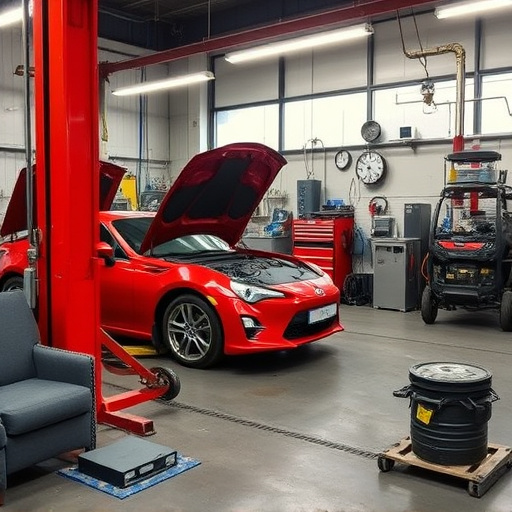
When it comes to pricing OEM-certified replacement parts, several factors play a pivotal role in determining the cost. These parts are designed and manufactured to meet the specific standards set by original equipment manufacturers (OEMs), ensuring they match the exact specifications of the vehicle they are intended for. The pricing of these high-quality components is influenced by various elements, offering consumers a clear understanding of where their money goes.
One primary factor is the research and development involved in creating these parts. OEM-certified replacement fender repair or vehicle body shop components require extensive testing to guarantee their durability, performance, and compatibility with diverse vehicle models. The cost of R&D contributes significantly to the overall price tag, reflecting the investment made by manufacturers to ensure top-notch quality. Additionally, factors such as material costs, manufacturing processes, and labor rates in auto collision centers all play a part in setting the final retail price for these OEM parts, making them a reliable choice for those seeking genuine components for their vehicles.
Strategies to Save on OEM-Certified Replacement Parts
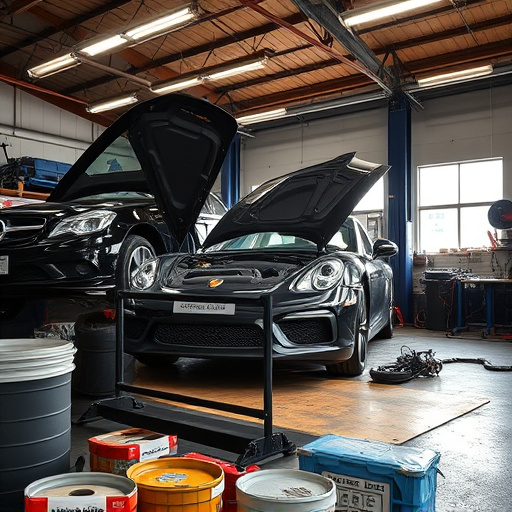
When it comes to saving on OEM-certified replacement parts, there are several strategic approaches car owners and collision repair shops can employ. One effective method is to compare prices from various retailers, as pricing can vary significantly across different suppliers. Online marketplaces often offer competitive rates, so searching for “OEM-certified fender repair parts” or similar keywords can yield substantial discounts. Additionally, taking advantage of manufacturer rebates or promotions can further reduce costs.
Another tactic involves considering the source and authenticity of the parts. Reputable dealers and specialized retailers ensure genuine OEM products, which maintain vehicle safety and resale value. While generic replacements might be cheaper, their quality and compatibility may not meet the same standards. For those engaged in vehicle restoration projects, exploring refurbished or remanufactured OEM components can offer significant savings without compromising on performance and reliability—an ideal strategy for both cost-conscious owners and professional collision repair services.
In conclusion, understanding the pricing dynamics of OEM-certified replacement parts is key to making informed decisions. By recognizing the factors influencing cost and implementing saving strategies, consumers can ensure they receive quality components at competitive prices. This knowledge empowers individuals to navigate the market effectively, ultimately benefiting from both reliable repairs and prudent financial management.
